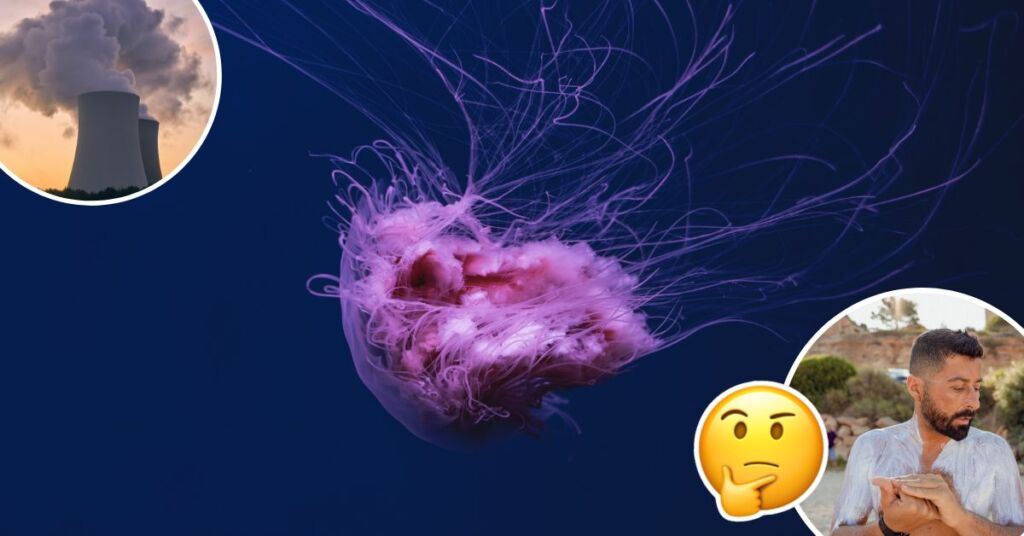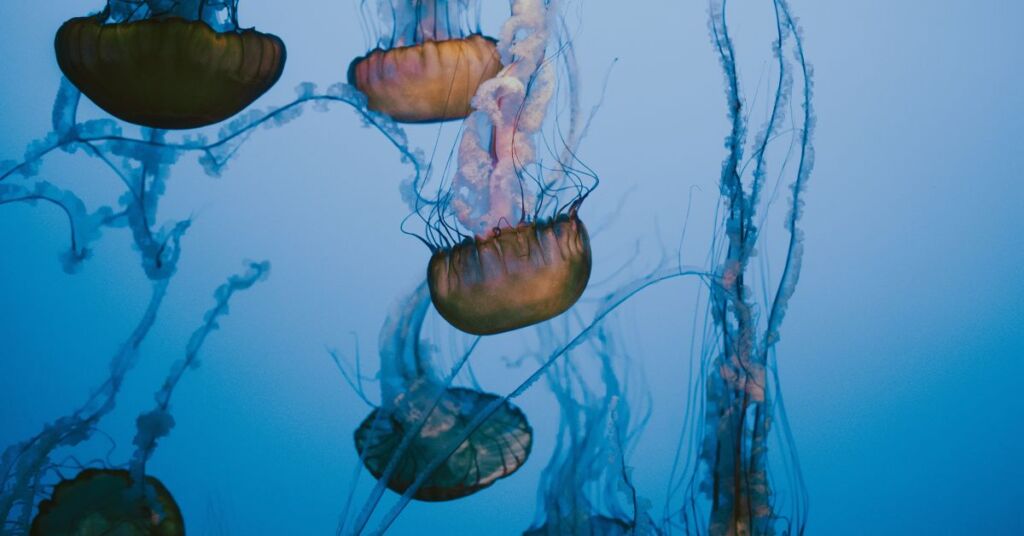Jellyfish Are A Nuisance, But The Ocean Relies On Them

Malta’s waters have seen an increase of jellyfish blooms, and this may be beneficial, weirdly enough…
As oceans warm, jellyfish swarm!
Scientists and marine biologists believe that the stingers are a symbol of environmental decline and our demolition of the ocean.
“Other more important drivers are at play behind the increasing jellyfish numbers, which include, overfishing, low water quality, climate change, and an increase in man-made structures in the sea,” marine biologist Alan Deidun had explained just over a year ago.
The climate crisis has led to changes in ocean temperatures, currents, and nutrient availability, creating perfect conditions for jellyfish to thrive.
This is impacting numerous regions globally, and that includes the Mediterranean too.

Resolving this problem, won’t be easy so why not embrace it?
The oceans aren’t going to cool down anytime soon.
But, on the bright side, despite their reputation, jellyfish are essential to our ecosystem.
You might hate them, but they heavily contribute to marine life – ecosystems are intricate and dynamic, and they rely on the interactions and dependencies among multiple species and environmental factors.
Here are four reasons why jellyfish are important:
1. They help recycle nutrients in the water
Jellyfish have a unique feeding system – they eat small plankton and organic matter, and excrete nutrient-rich fecal pellets, greatly affecting nutrient cycling.
2. Prey for predators
Many sea creatures rely on jellyfish for food. This includes fish, turtles, and seabirds. They are part of a complex and vital food chain, sustaining marine ecosystems.
3. Provide insight into the health of marine ecosystems
Their presence or abundance can tell a lot about the ecosystem in a certain area. Monitoring the stingers can reflect shifts in environmental conditions, such as water temperature, pollution levels, and overfishing.
4. A habitat to some
Small fish, and other organisms may reside under certain jellyfish, to find protection from predators.

The fact is, jellyfish have been around for ages, like seriously, they predate dinosaurs by a long shot, and let’s face it, they’re likely here to stay, no matter what.
Just stay out of areas infested with them… and carry vinegar whenever you go to a beach… and check the Malta weather website… and stay on the look out… and you get the point.
Here’s how you can treat a sting:
- Carefully rinse with seawater, do not rub the affected area.
- If available, apply a mixture of seawater and baking soda (1:1 ratio) for two minutes. This will stop any further release of venom from the stinging cells left on the skin.
- Use a plastic credit card to remove any residual tentacles and excess baking soda mixture
- Apply cold packs for 5-15 minutes. For example, use a bag of ice or even cold drink wrapped in a cloth.
- Assess the degree of pain and reapply cold pack if required for further 5 mins
- If pain persists, consult a doctor or pharmacist who should prescribe painkillers and/or anti-inflammatory creams e.g. 3-4% Lidocaine and Hydrocortisone.
- Do not wrap in bandages nor use vinegar, fresh water, alcohol and ammonia, all of which can aggravate the situation further.
What do you make of this?
